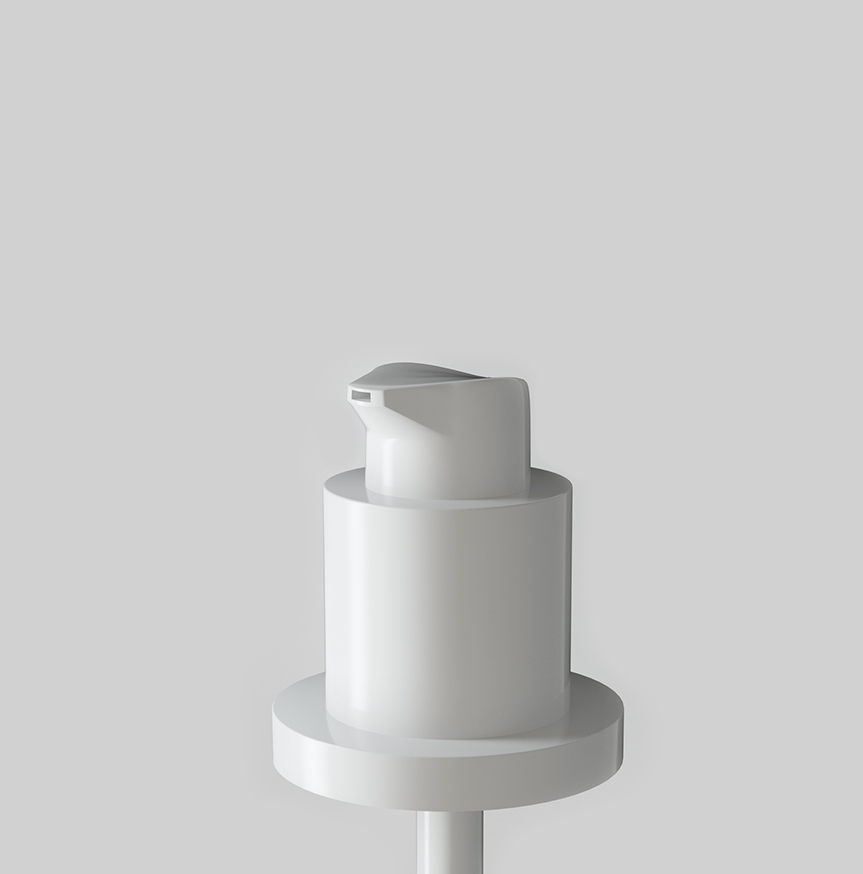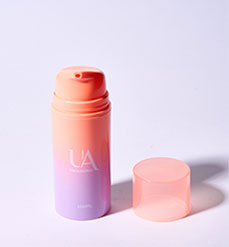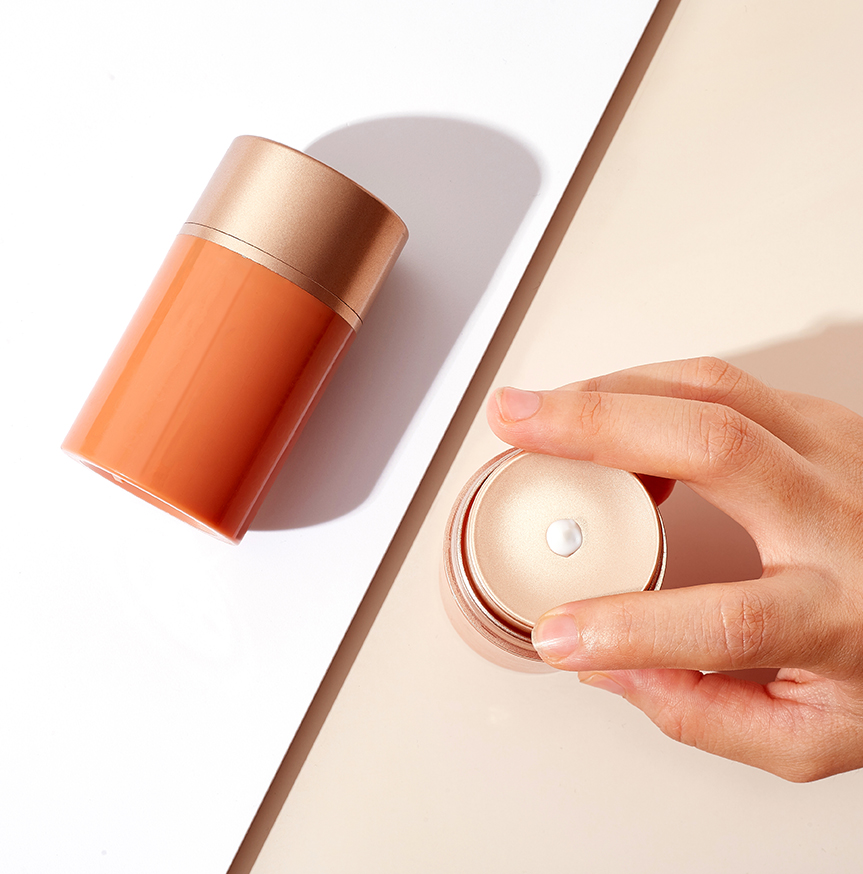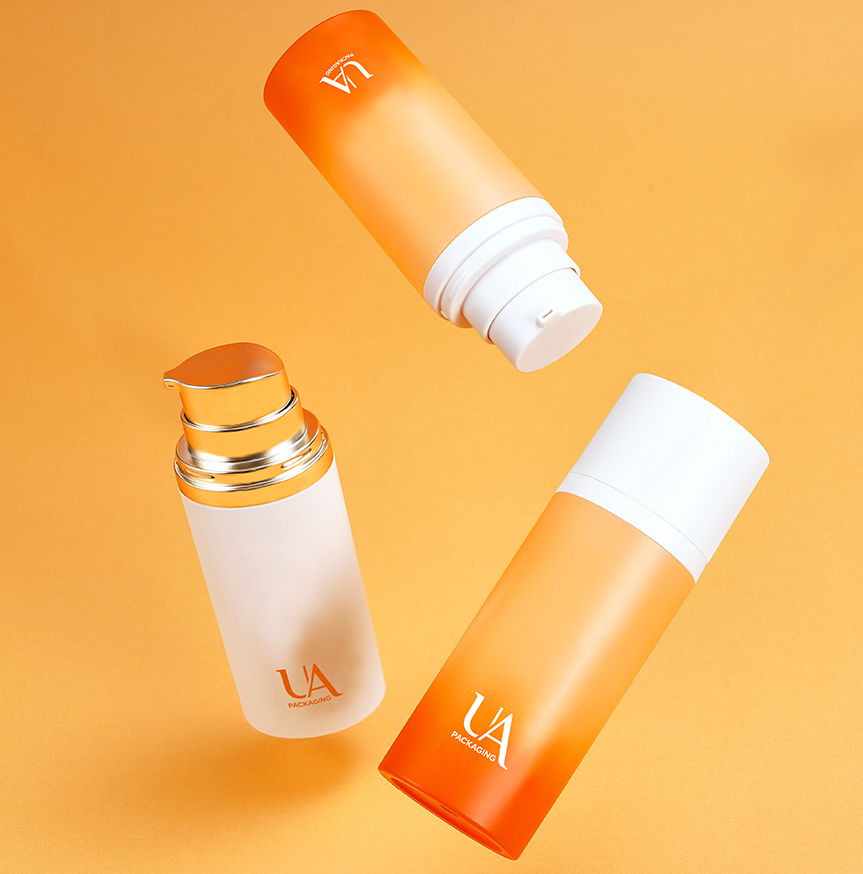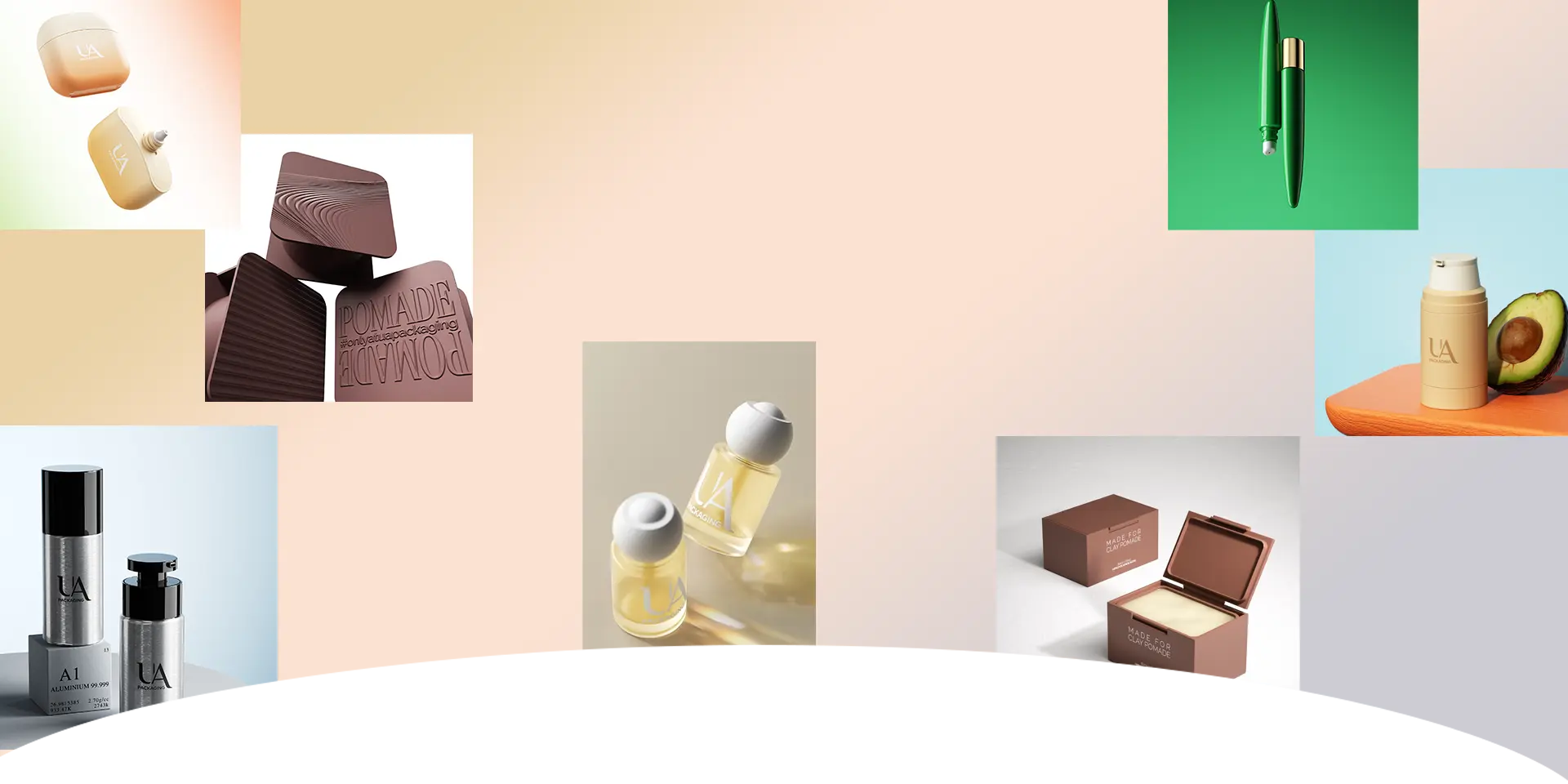Lotion Pump Basic Principles and Structure
Lotion Pump, also known as a press-type Lotion Pump, utilizes the principle of atmospheric balance. By pressing, the liquid inside the bottle is pumped out, and the external atmosphere is replenished into the bottle. It is a common liquid dispenser. It mainly consists of components such as the plunger head, ferrule, cylinder cap, cylinder, piston rod, piston, piston head, spring, lower check valve, gasket, and rubber tube. Different performance requirements may lead to the merging or substitution of some parts, resulting in various structural forms of Lotion Pumps. However, the basic principles are roughly the same.
Classification of Lotion Pumps
Based on Pump Output Classification
Lotion Pumps are usually classified according to different pump outputs, including 0.15/0.2cc, 0.5/0.7cc, 1.0/2.0cc, 3.5cc, 5.0cc and above 10cc.
Based on Ferrule Specifications
Ferrule classifications include diameter specifications such as Ф18, Ф20, Ф22, Ф24, Ф28, Ф33, Ф38, and thread specifications such as 400, 405, 410, 415, 425, e.g., 20/400, 20/410, 33/410, 28/410.
Based on Application Fields
According to different product fields, Lotion Pumps can be used in the packaging of shampoos, body washes, lotions, serums, sunscreens, BB creams, foundations, facial cleansers, hand soaps, and more.
Based on Locking Methods
According to different locking methods, Lotion Pumps can be divided into guide block lock, thread lock, snap lock, and no lock types.
Based on Characteristics
Lotion Pumps can also be classified according to their characteristics, such as external spring pumps, plastic springs, anti-water pumps, and pumps suitable for high viscosity liquids.
Common Issues Analysis of Lotion Pumps
Lotion Pump Has a High Number of Air Presses or No Liquid Output
Possible reasons include the rubber tube being too long or the bottle too shallow causing tube blockage, damage or absence of upper or lower check valves, or damage to the large ring of the piston.
Lotion Pump is Difficult to Rebound After Pressing
Possible reasons are that the liquid viscosity is too high, causing the reset resistance to be greater than the spring force; or the Lotion Pump lower check valve is blocked or the channel design is improper.
Lotion Pump Leaks at the Bottle Mouth
Possible reasons include insufficient capping torque during filling, and the height of the bottle mouth being too small so that the Lotion Pump does not contact the bottle mouth gasket.
Lotion Pump Causes the Bottle Body to Collapse After Use
Possible reasons are that the inner diameter of the bottle mouth is too small, easily blocking the balance air hole under the action of the liquid, or mold wear leading to the lack of air holes during cylinder molding.
Through detailed analysis of the classification, structure, and common issues of Lotion Pumps, we can help avoid unnecessary problems during production and use, ensuring product quality and user experience.

 Contact Us
Contact Us (1).webp)
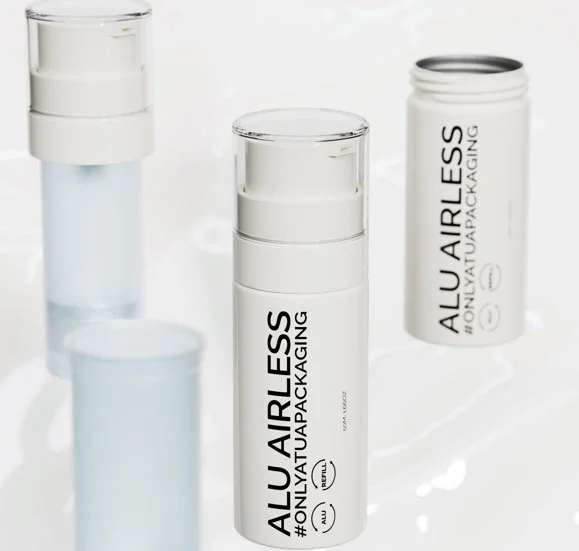
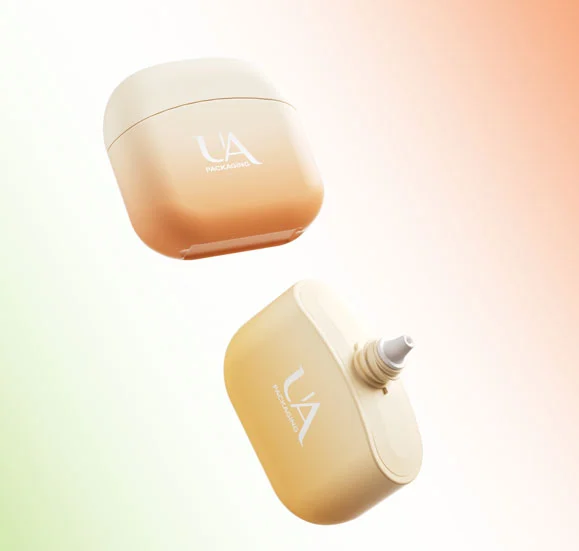
_20250428095135.webp)
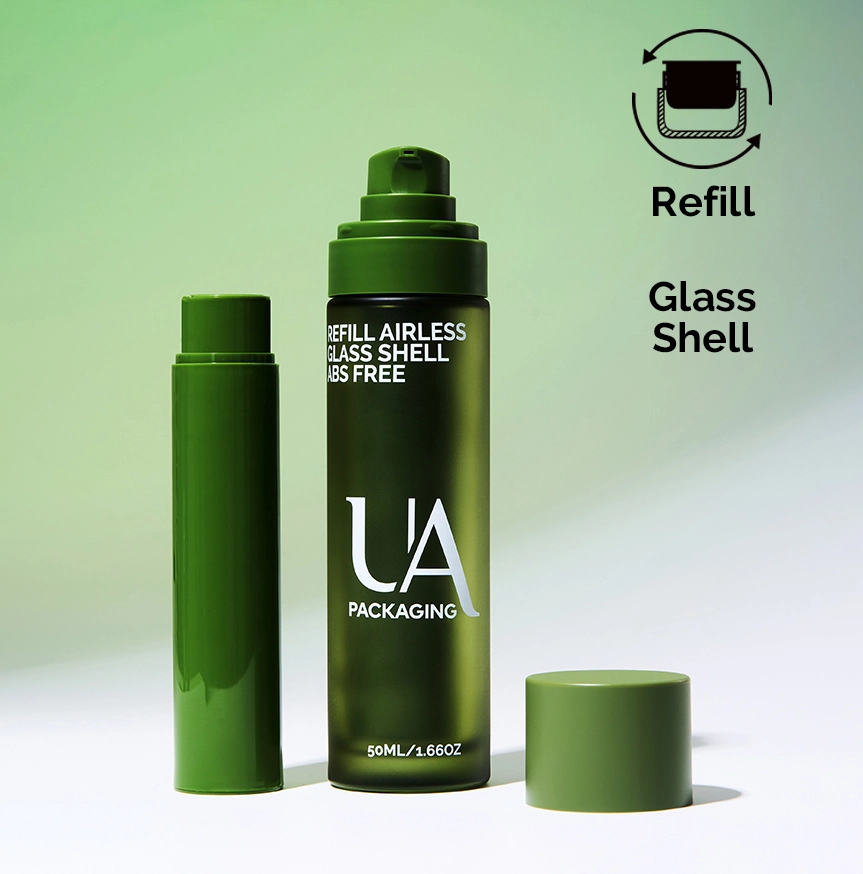
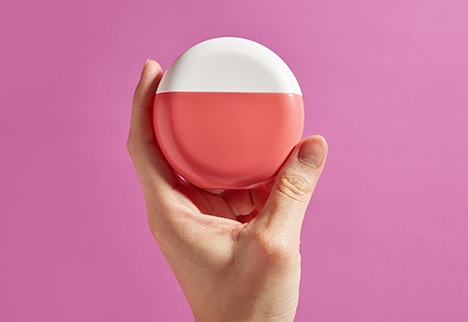

 English
English  français
français  Español
Español  italiano
italiano 